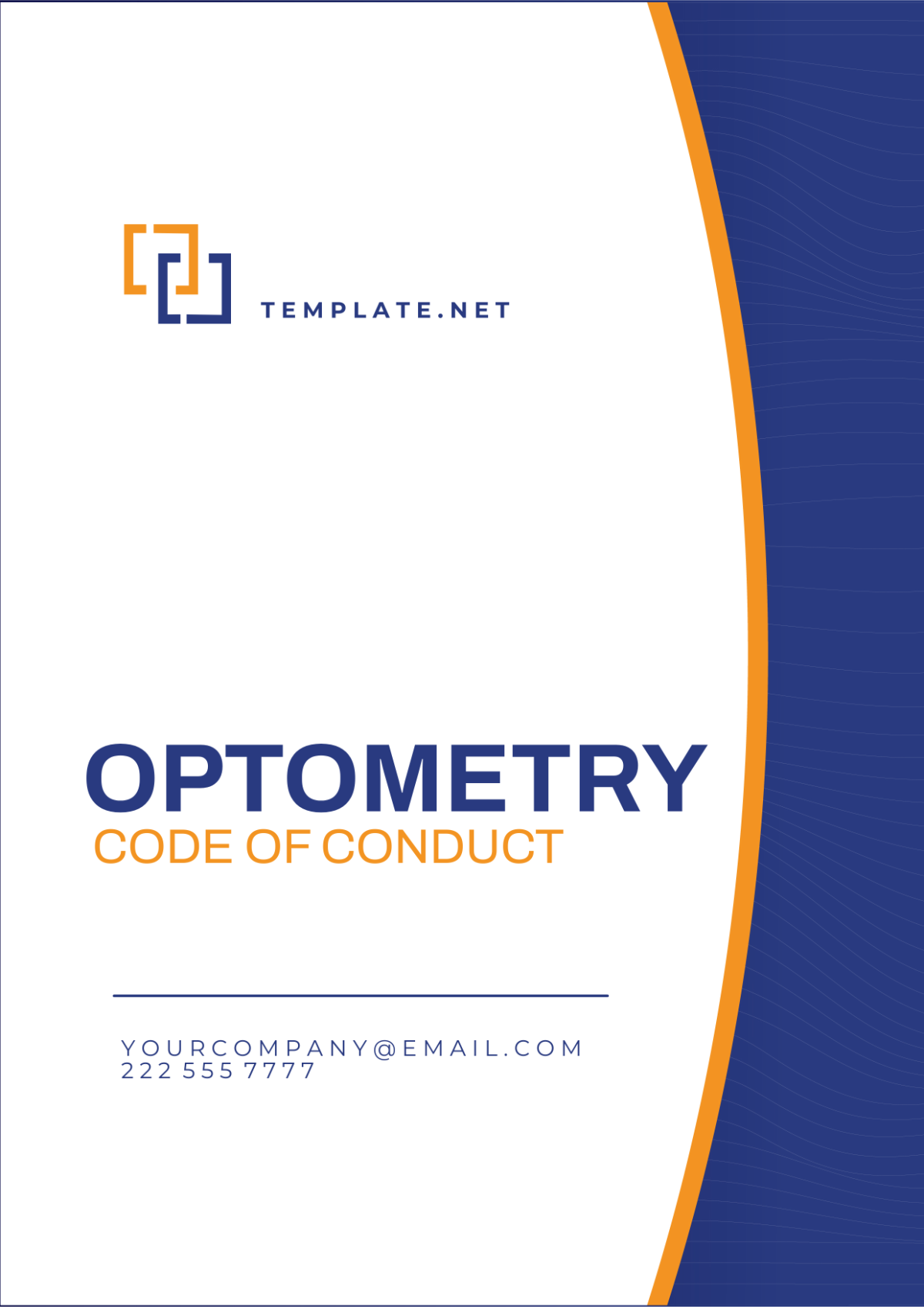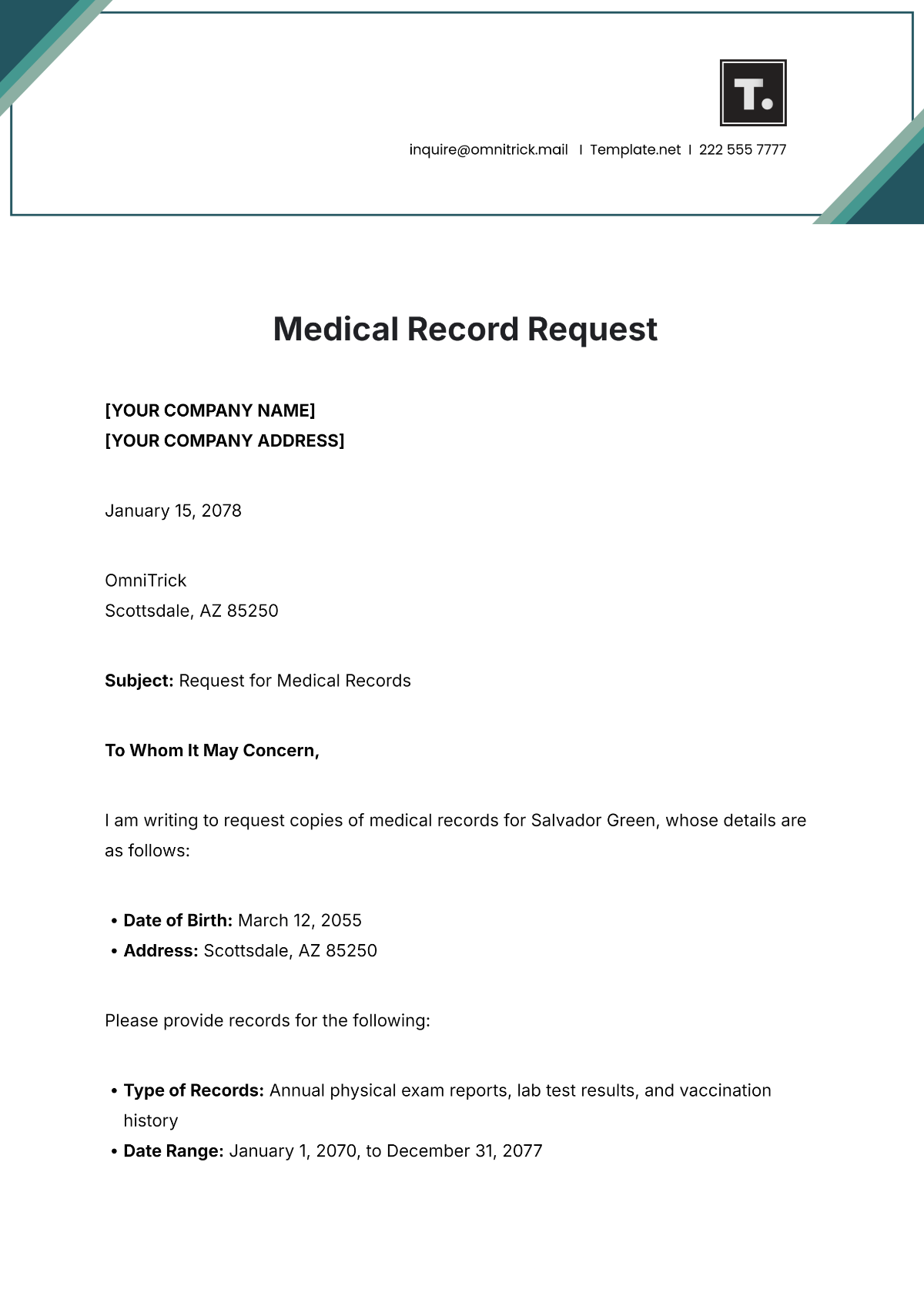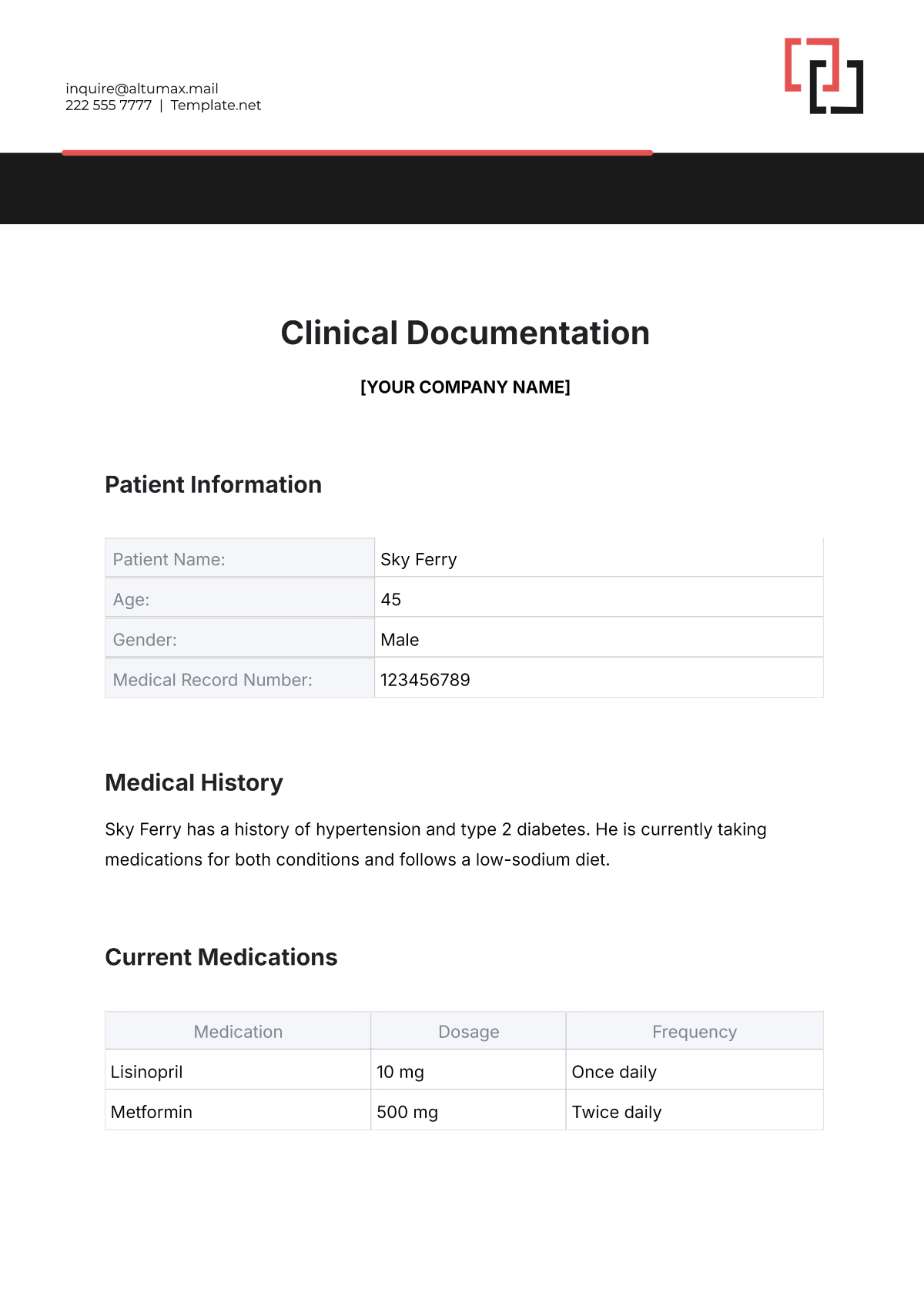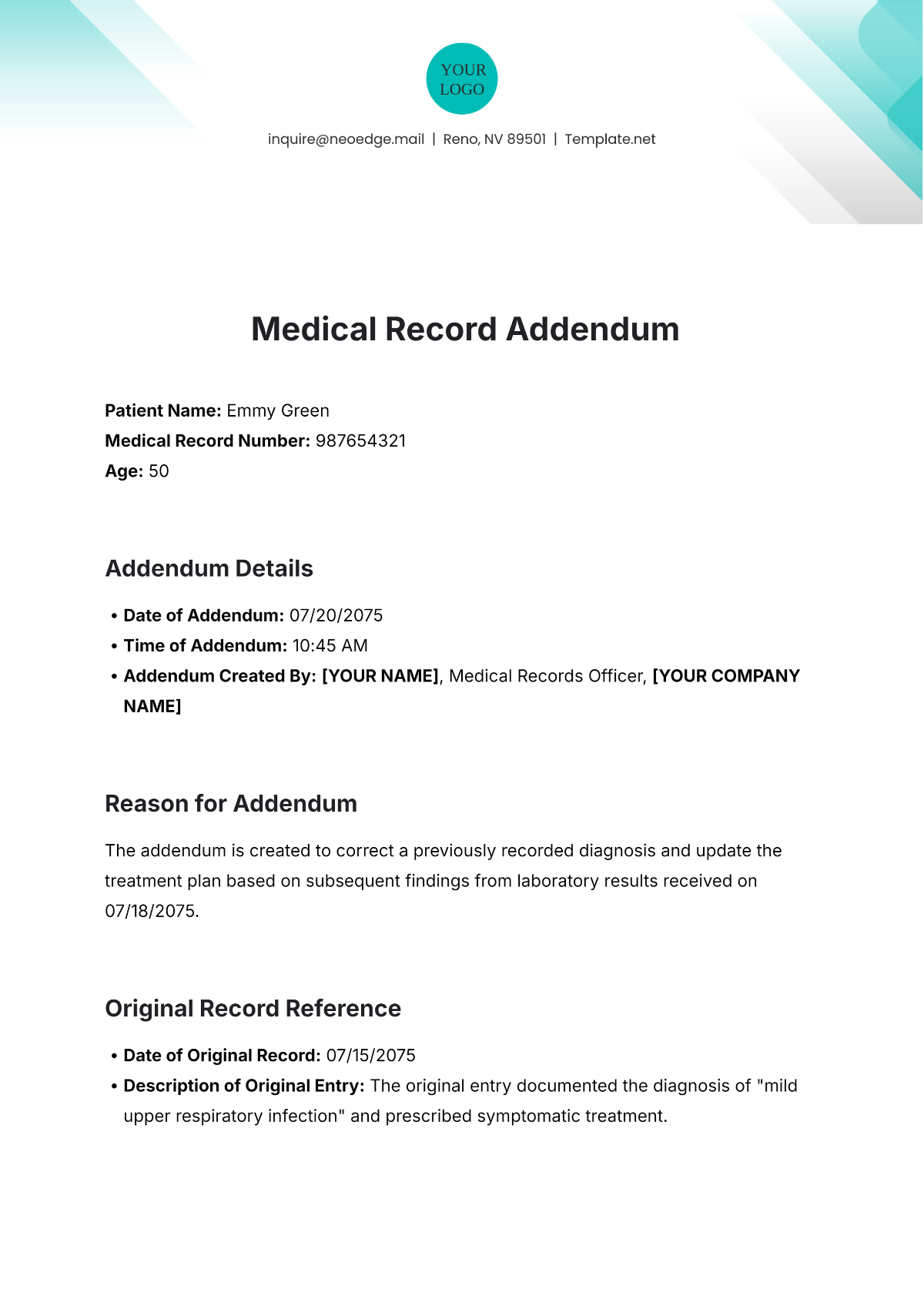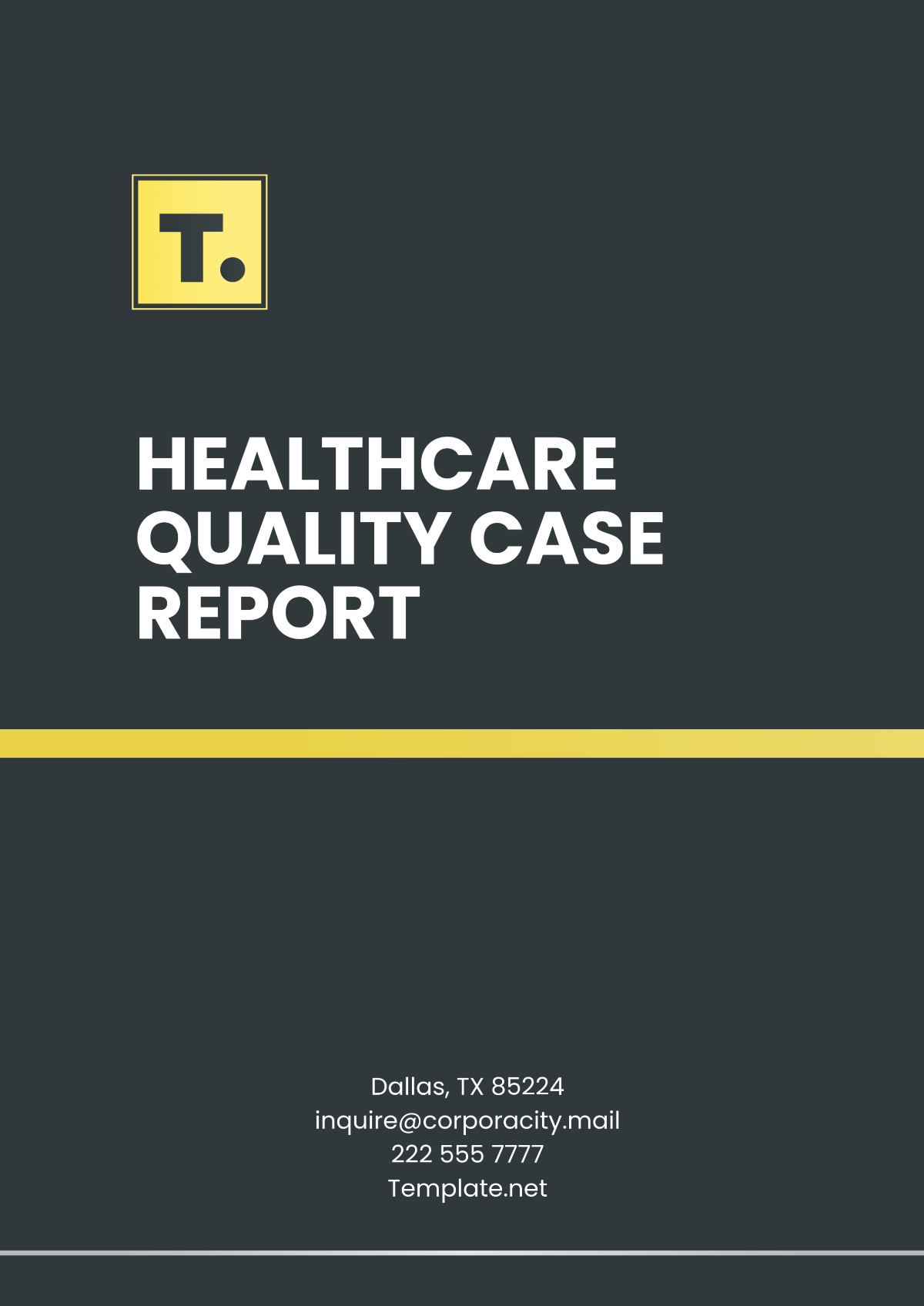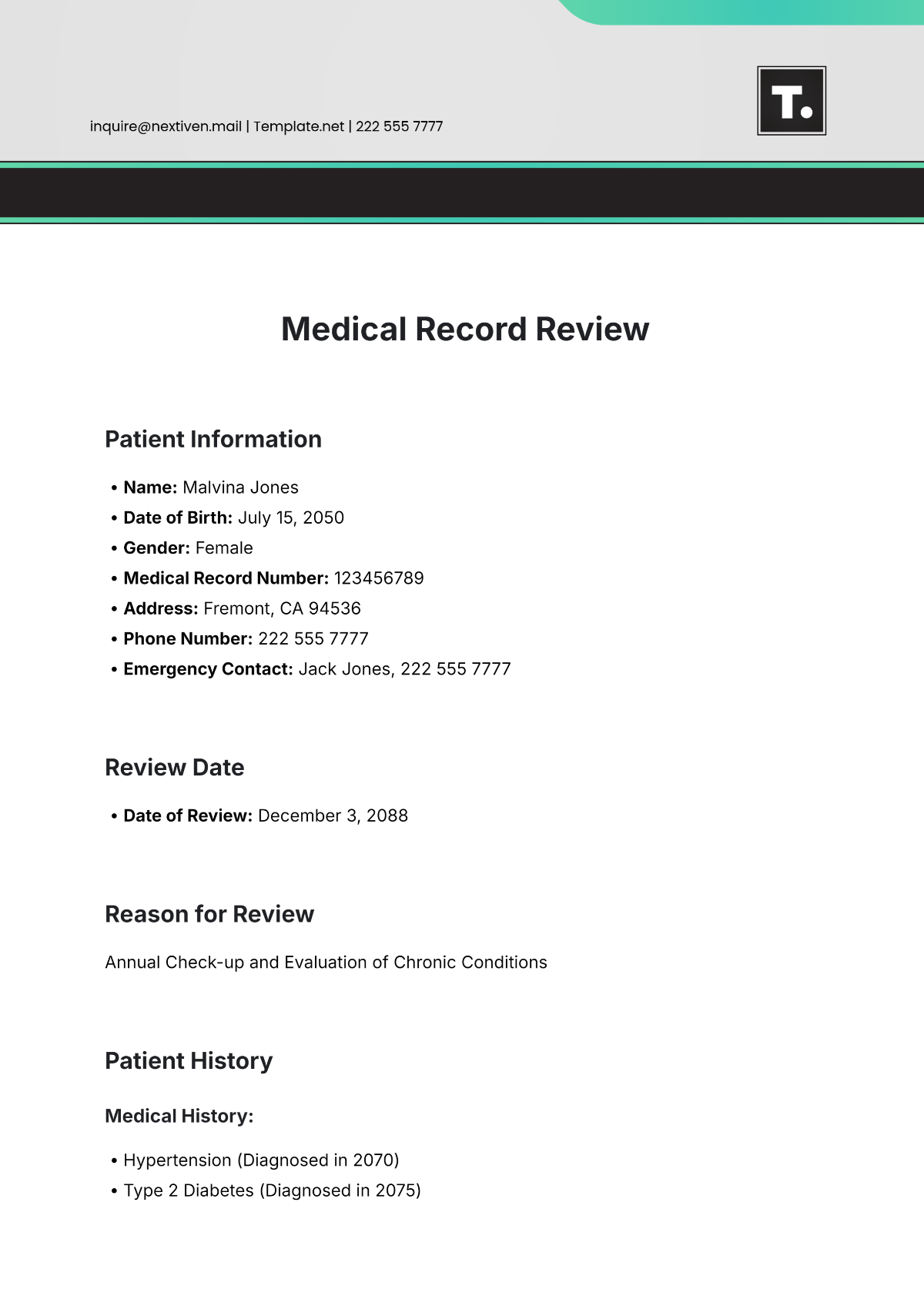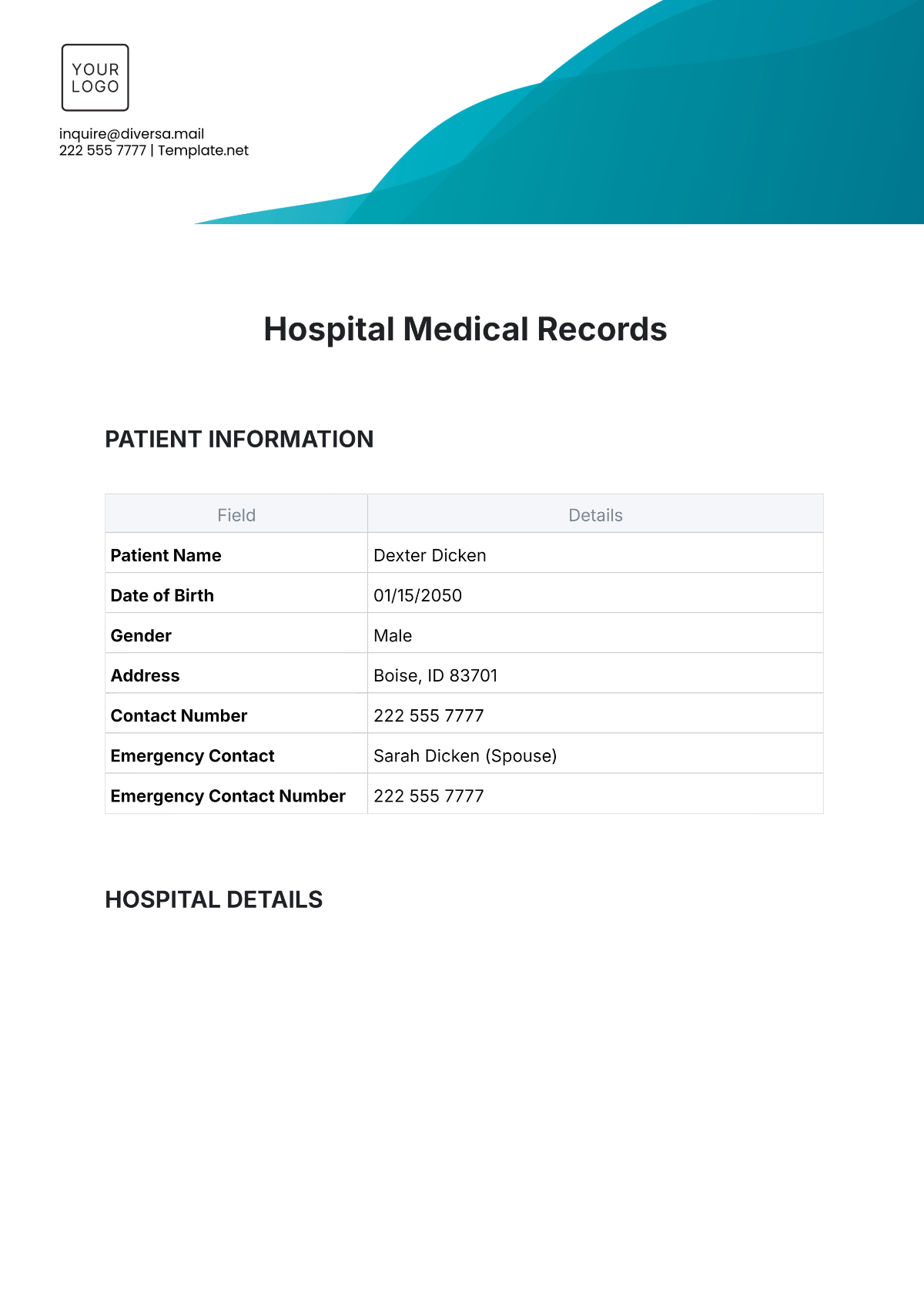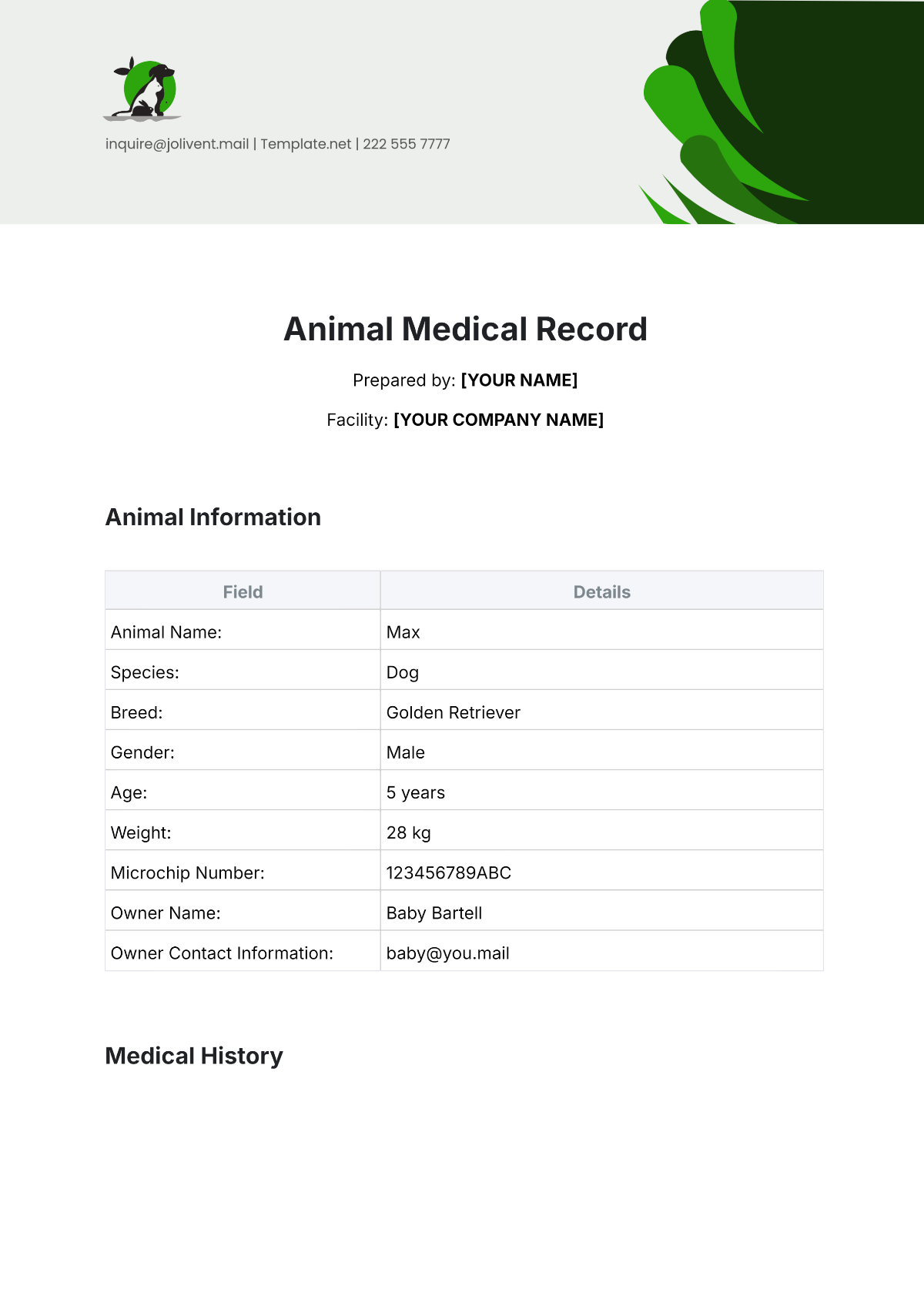Registry Protocol
Prepared by: | [YOUR NAME] |
Company: | [YOUR COMPANY NAME] |
Department: | IT Department |
Date: | [DATE] |
The Registry Protocol provides a standardized framework for the establishment, maintenance, and access of registries. A registry, as defined within this protocol, serves as a centralized repository for information about specific entities, including individuals, organizations, assets, or events. This section introduces the purpose and scope of the protocol, highlighting its importance in ensuring consistency, integrity, and efficiency in registry management.
1. Purpose
This protocol aims to establish a standardized framework for the creation, maintenance, and access of registries. A registry, within the context of this protocol, refers to a centralized database or system designed for the storage and management of information concerning specific entities, such as individuals, organizations, assets, or events. By adhering to the guidelines outlined in this protocol, entities involved in registry management will ensure consistency, integrity, and efficiency in their operations.
2. Scope
This protocol applies to all entities responsible for the establishment, operation, and utilization of registries. This includes but is not limited to government agencies, private organizations, and other relevant stakeholders. It encompasses the entire lifecycle of a registry, from its inception to its termination, and governs the processes involved in its creation, maintenance, and access.
3. Definitions
Registry: A centralized database or system designed for the storage and management of information about specific entities, including individuals, organizations, assets, or events.
Registrar: An entity responsible for the creation, maintenance, and management of a registry.
Registrant: An entity whose information is stored within a registry.
Access: The ability to retrieve or modify information stored within a registry, subject to appropriate authorization and security measures.
4. Protocol
Registry Creation:
a. The establishment of a new registry must be authorized by the relevant governing body or authority.
b. The purpose, scope, and criteria for inclusion in the registry must be clearly defined before its creation.
c. Procedures for data collection, validation, and entry into the registry must be established and documented.
d. Adequate safeguards for data security, privacy, and confidentiality must be implemented from the outset.
Registry Maintenance:
a. Registrars are responsible for ensuring the accuracy, completeness, and currency of information within the registry.
b. Regular audits and quality assurance checks must be conducted to verify the integrity of the registry data.
c. Any updates, modifications, or deletions to registry information must be logged and documented by established procedures.
d. Protocols for data backup, disaster recovery, and continuity planning must be in place to safeguard against data loss or corruption.
Registry Access:
a. Access to registry information must be granted only to authorized individuals or entities with a legitimate need-to-know.
b. Access controls, including user authentication and authorization mechanisms, must be implemented to prevent unauthorized access or misuse of registry data.
c. Requests for access to registry information must be processed promptly and by predefined procedures.
d. Any disclosures of registry information must comply with applicable laws, regulations, and privacy policies.
5. Compliance
Entities subject to this protocol are required to adhere to its provisions and ensure compliance with all applicable laws, regulations, and industry standards governing registry management. Failure to comply may result in disciplinary action, legal penalties, or other sanctions as deemed appropriate by the relevant authorities.
6. Review and Amendment
This protocol shall be subject to periodic review and may be amended as necessary to reflect changes in technology, regulatory requirements, or best practices in registry management. Amendments to the protocol must be approved by the designated authority and communicated to all relevant stakeholders promptly.
7. Enforcement
Enforcement of this protocol shall be the responsibility of the governing body or authority overseeing registry management. Entities found to violate this protocol may be subject to enforcement actions, including but not limited to fines, sanctions, or revocation of registry privileges.
8. Conclusion
By adhering to the guidelines outlined in this protocol, entities involved in registry management can ensure the integrity, reliability, and security of registry data, thereby promoting trust and confidence among users and stakeholders. Effective implementation of this protocol will facilitate the efficient exchange of information, enhance transparency, and support the achievement of organizational objectives.














